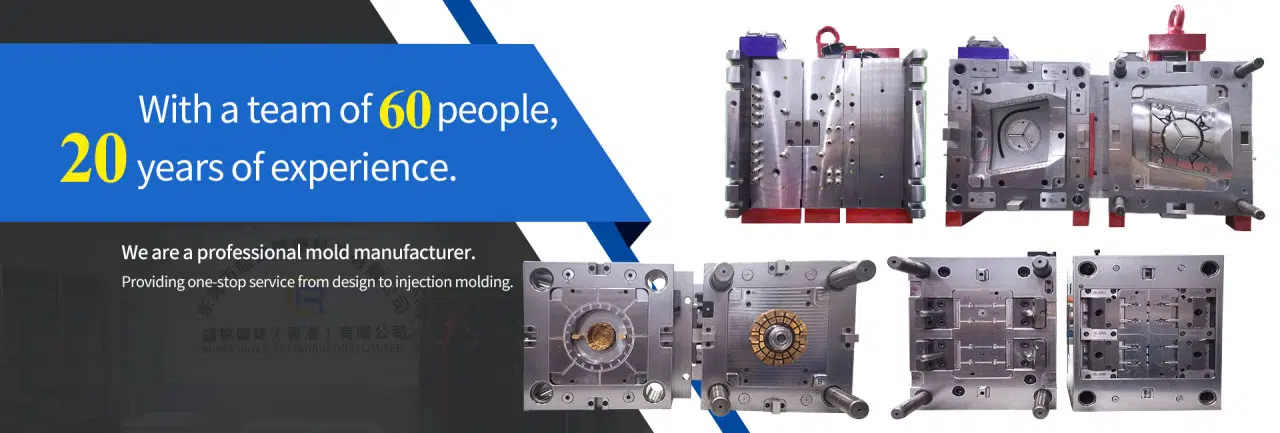
# Powder Coating: A Durable and Eco-Friendly Surface Finishing Solution
## What is Powder Coating?
Powder coating is a dry finishing process that has become extremely popular since its introduction in North America in the 1960s. Representing over 15% of the total industrial finishing market, powder coating is used on a wide variety of products for both functional and decorative purposes.
Keyword: Powder Coating
Unlike conventional liquid paint which is delivered via an evaporating solvent, powder coating is applied electrostatically as a free-flowing, dry powder and then cured under heat to allow it to flow and form a protective “skin.” The powder may be a thermoplastic or a thermoset polymer.
## How Does Powder Coating Work?
The powder coating process involves several key steps:
– Surface preparation: The part is cleaned to remove dirt, grease, and other contaminants
– Powder application: The powder is sprayed onto the surface using electrostatic spray deposition
– Curing: The coated part is heated to melt and fuse the powder into a smooth film
– Cooling: The part is cooled to form a hard, durable finish
## Benefits of Powder Coating
### Durability
Powder coated surfaces are more resistant to chipping, scratching, fading, and wearing than other finishes. The coating chemically bonds to the metal, making it exceptionally durable.
### Environmental Advantages
Powder coating contains no solvents and releases negligible amounts of volatile organic compounds (VOCs) into the atmosphere. Overspray can be recycled, resulting in nearly 100% use of the coating.
### Cost Effectiveness
While the initial cost may be higher than liquid paint, powder coating offers better long-term value due to its durability and minimal maintenance requirements.
### Aesthetic Versatility
Available in an almost limitless range of colors and textures, powder coating can create finishes from smooth and glossy to rough and wrinkled.
## Applications of Powder Coating
Powder coating is used across numerous industries including:
– Automotive (wheels, bumpers, door handles)
– Architecture (window frames, fencing, railings)
– Appliances (refrigerators, washers, dryers)
– Furniture (office furniture, outdoor furniture)
– Industrial equipment (farm equipment, electrical components)
## The Future of Powder Coating
As environmental regulations become stricter and consumers demand more sustainable products, powder coating is poised to continue growing in popularity. New technologies are expanding the possibilities of powder coating, including:
– Lower temperature curing powders
– New color and texture options
– Improved application techniques
– Enhanced durability formulations
With its combination of durability, environmental benefits, and aesthetic flexibility, powder coating represents the future of surface finishing solutions.